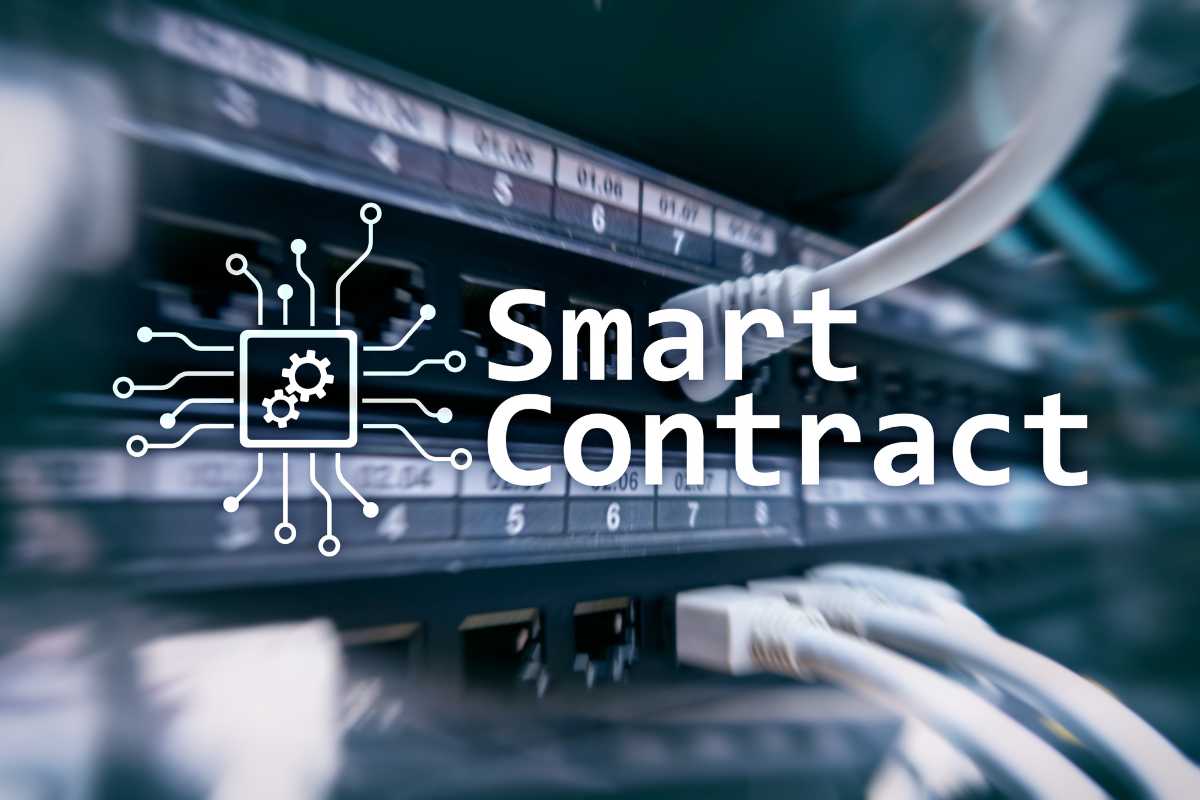
Tuesday Mar 19 2024 06:24

11 min

Ethereum is a decentralised platform that enables the creation and execution of smart contracts. It was proposed by Vitalik Buterin in late 2013 and has gained significant popularity since then.
Unlike Bitcoin, which is primarily a digital currency, Ethereum is an open-source blockchain-based platform that allows developers to build decentralised applications (DApps).
At its core, Ethereum is a distributed virtual machine that runs on a network of computers. It uses blockchain technology to ensure transparency and immutability.
Ethereum's native cryptocurrency, called Ether (ETH), is used to incentivize participants to validate transactions and execute smart contracts.

A smart contract is a self-executing contract with the terms of the agreement directly written into code. It automatically executes actions when certain predefined conditions are met. Smart contracts eliminate the need for intermediaries, such as lawyers, by automating the execution and enforcement of agreements.
Smart contracts on Ethereum are written in a programming language called Solidity. Solidity is a statically typed, contract-oriented language that is designed to run on the Ethereum Virtual Machine (EVM). It allows developers to define the logic and behaviour of their smart contracts.
There are several benefits to using Ethereum smart contracts:
Building and deploying your first Ethereum smart contract is an exciting entry into the realm of blockchain and decentralised applications.
This process involves writing the contract in Solidity, testing it in a development environment like Truffle and Ganache, and finally deploying it to the Ethereum network.
It's a foundational skill for blockchain developers, opening up a world of possibilities for creating transparent, secure, and decentralised digital agreements.
The first step in building an Ethereum smart contract is to write the code that defines the contract's logic and behaviour. As mentioned earlier, smart contracts on Ethereum are written in Solidity.
To get started, you'll need to set up a development environment and install the necessary software tools. The Ethereum website provides detailed instructions on how to set up your development environment.
Once your environment is set up, you can start writing your smart contract code. Solidity is a high-level language that is similar to JavaScript and C++. It provides a range of features and functionality for writing complex smart contracts.
When writing your smart contract code, it's important to consider factors such as security, efficiency, and gas optimization. Gas is a measure of computational effort required to execute operations on the Ethereum network. Each operation in your smart contract consumes a specific amount of gas, which is paid for using Ether.
After you've written your smart contract code, the next step is to compile it into bytecode that can be executed on the Ethereum network. The Solidity compiler, called solc, is used to compile the code.
Once your smart contract is compiled, you can deploy it to the Ethereum network. Deployment involves creating a transaction that includes the bytecode of the smart contract and sending it to the network. This transaction is then mined and added to the blockchain, making your smart contract publicly accessible.
There are several tools and frameworks available to help you deploy your smart contract. Some popular options include Truffle, Remix, and Hardhat. These tools provide a range of features and functionalities to simplify the deployment process.
Once your smart contract is deployed, you can test and interact with it using various tools and techniques. Testing is an important part of the development process to ensure that your smart contract functions as expected and is free from bugs or vulnerabilities.
There are several testing frameworks available for Ethereum smart contracts, such as Truffle and Hardhat. These frameworks provide a suite of testing tools and methodologies to help you write comprehensive tests for your smart contract.
To interact with your smart contract, you can use Ethereum wallets or DApp browsers, such as MetaMask or Mist. These tools allow you to connect to the Ethereum network and interact with your smart contract using a user-friendly interface.

Building and deploying Ethereum smart contracts can be a complex process, and you may encounter several challenges along the way. Here are some common challenges and troubleshooting tips to help you overcome them:
Read this fundamental article: What is Crypto CFD Trading?
Building and deploying Ethereum smart contracts requires a deep understanding of blockchain technology, Solidity programming, and the Ethereum ecosystem. Here are some resources and further learning materials to help you get started:
Building and deploying your first Ethereum smart contract can be a challenging yet rewarding experience.
By understanding the basics of Ethereum, writing solid smart contract code, and following best practices, you can unlock the potential of decentralised applications and contribute to the growing Ethereum ecosystem.
Remember to continuously learn and stay updated with the latest developments in the Ethereum space. With dedication and perseverance, you'll be well on your way to becoming a proficient Ethereum smart contract developer.
Become a member of markets.com and access a cutting-edge trading platform.
“When considering “CFDs” for trading and price predictions, remember that trading CFDs involves a significant risk and could result in capital loss. Past performance is not indicative of any future results. This information is provided for informative purposes only and should not be considered investment advice.”
Risk Warning: this article represents only the author’s views and is for reference only. It does not constitute investment advice or financial guidance, nor does it represent the stance of the Markets.com platform.When considering shares, indices, forex (foreign exchange) and commodities for trading and price predictions, remember that trading CFDs involves a significant degree of risk and could result in capital loss.Past performance is not indicative of any future results. This information is provided for informative purposes only and should not be construed to be investment advice. Trading cryptocurrency CFDs and spread bets is restricted for all UK retail clients.